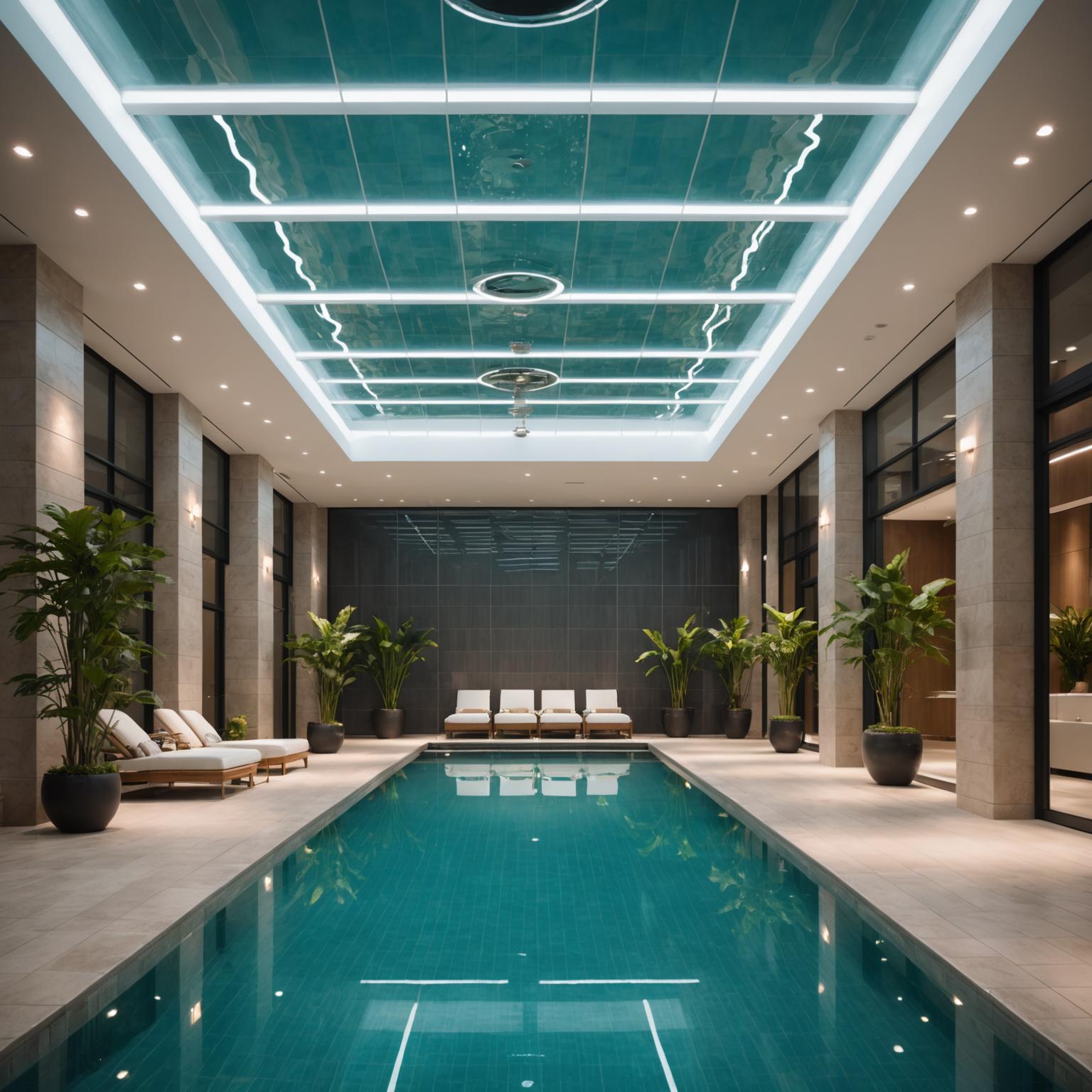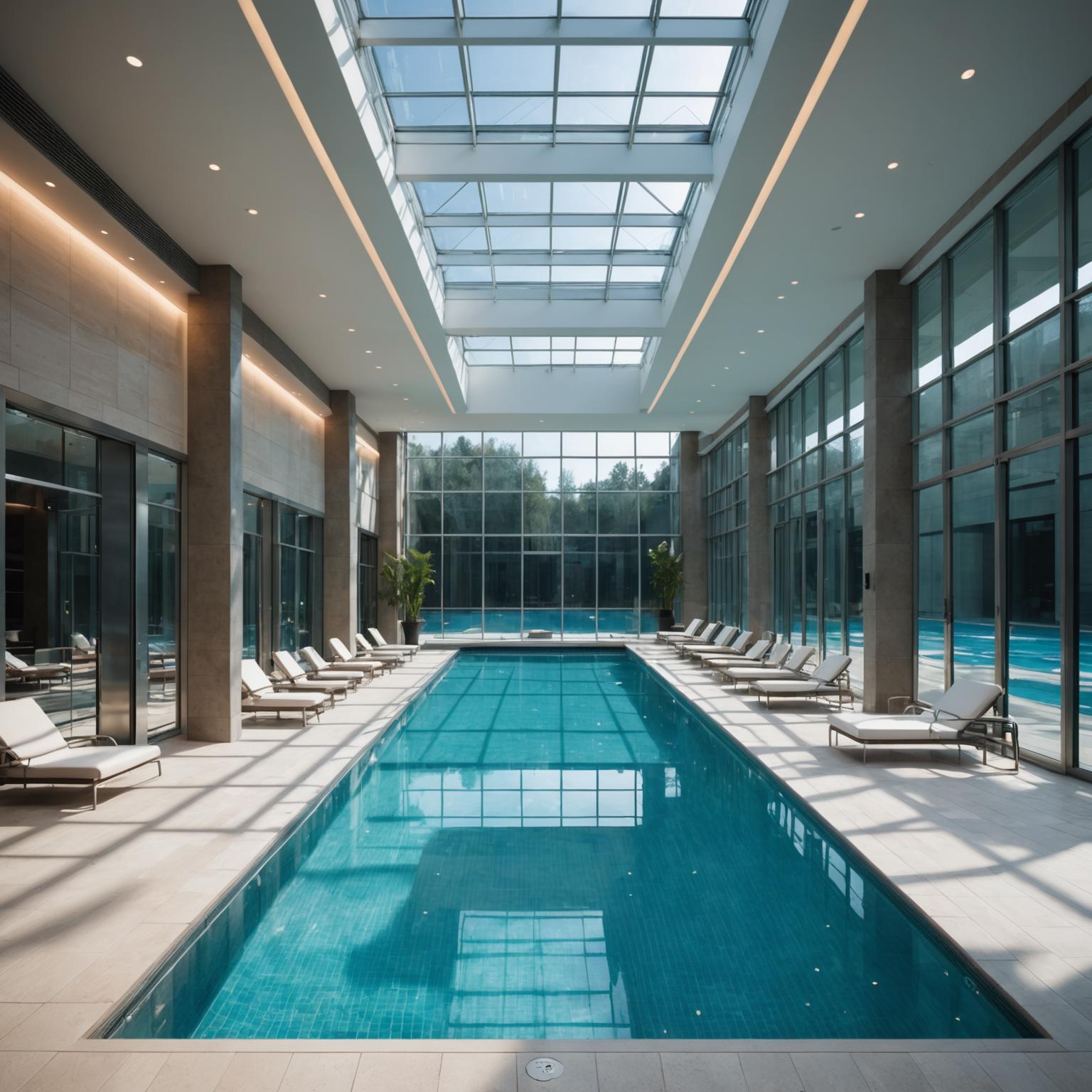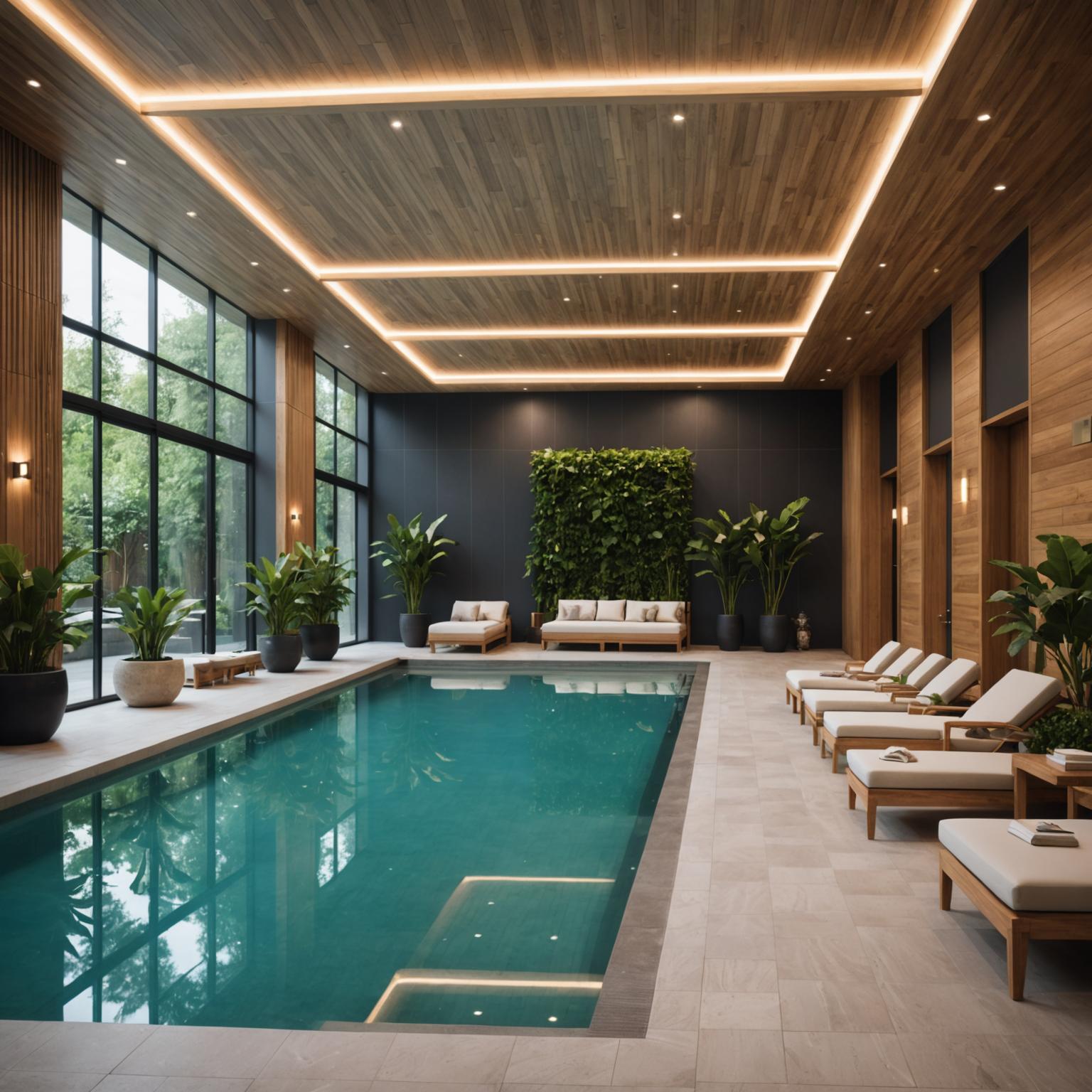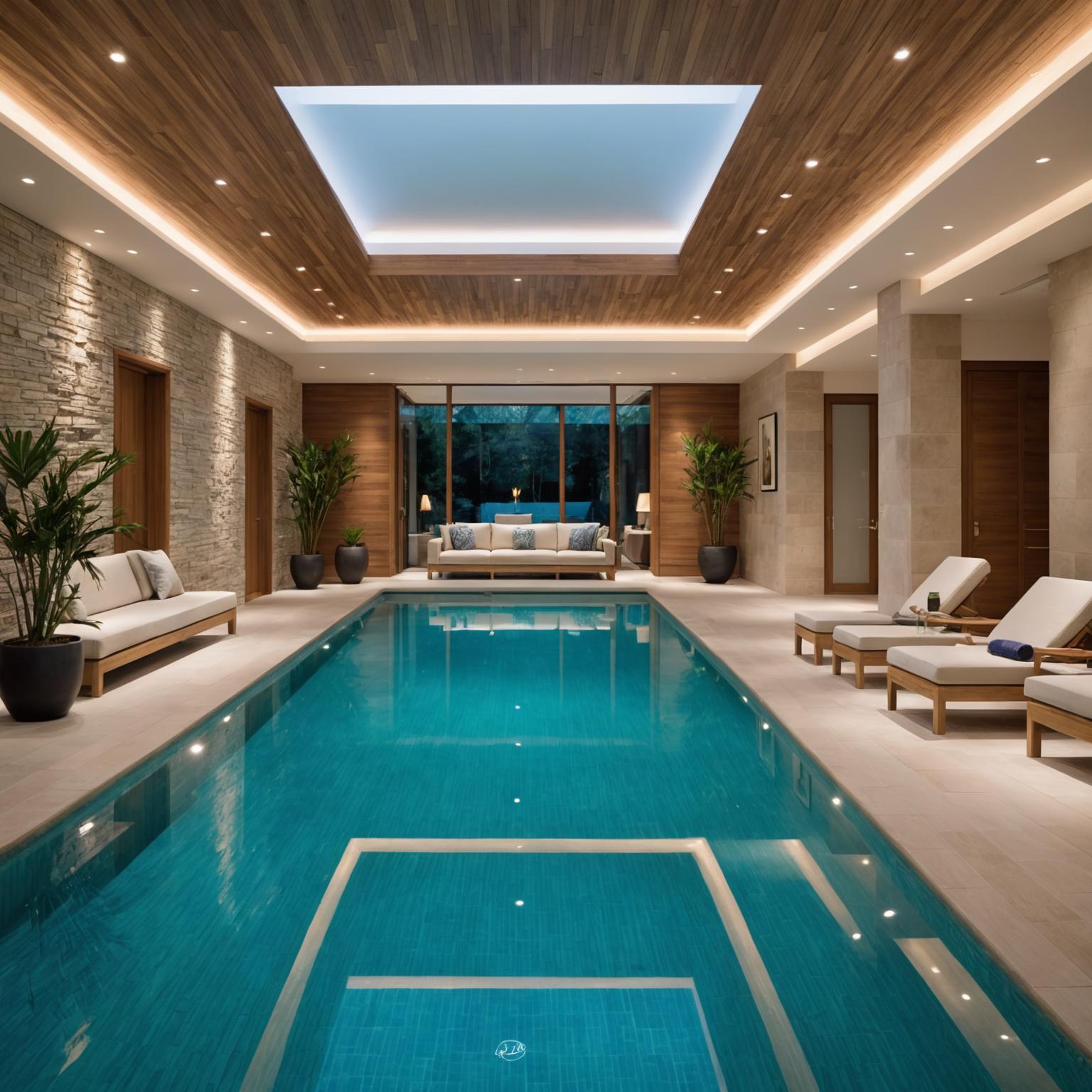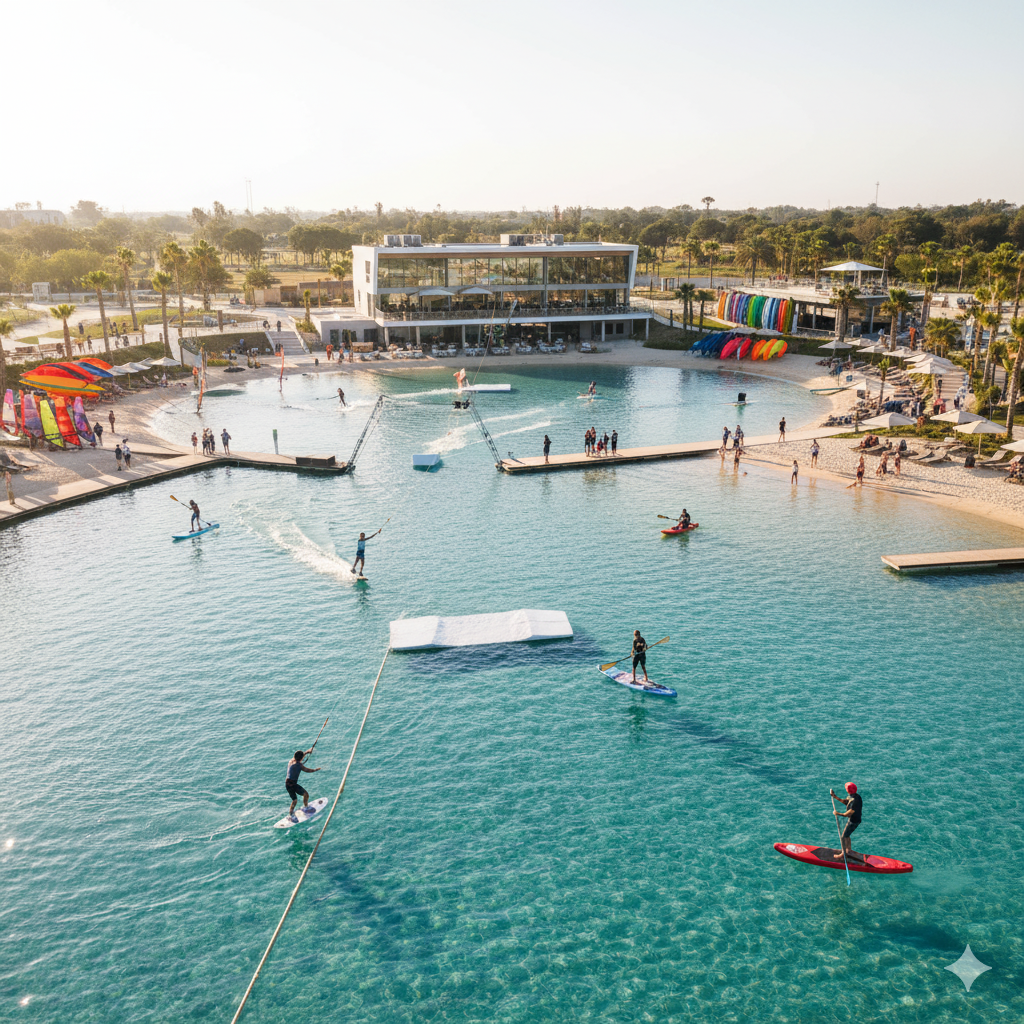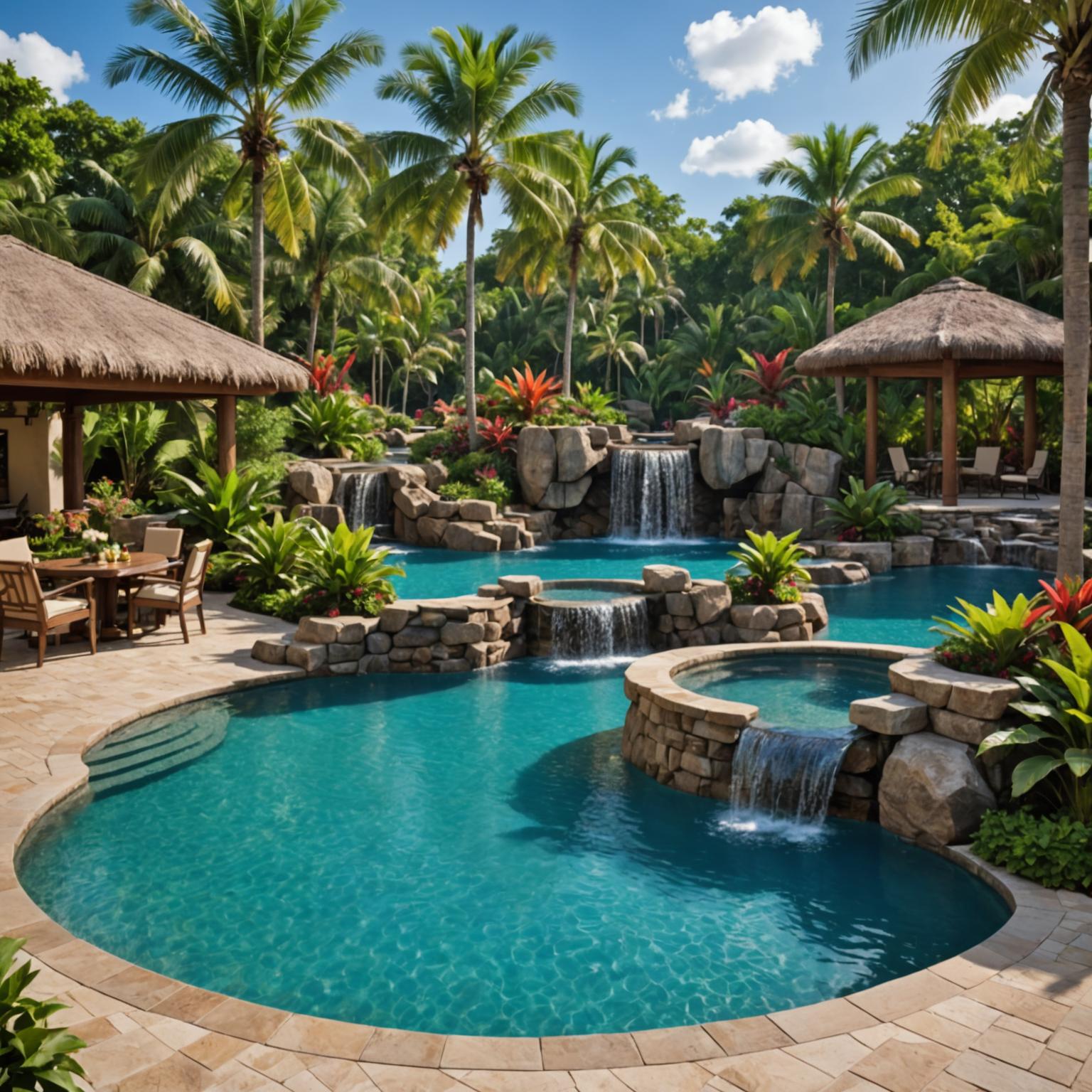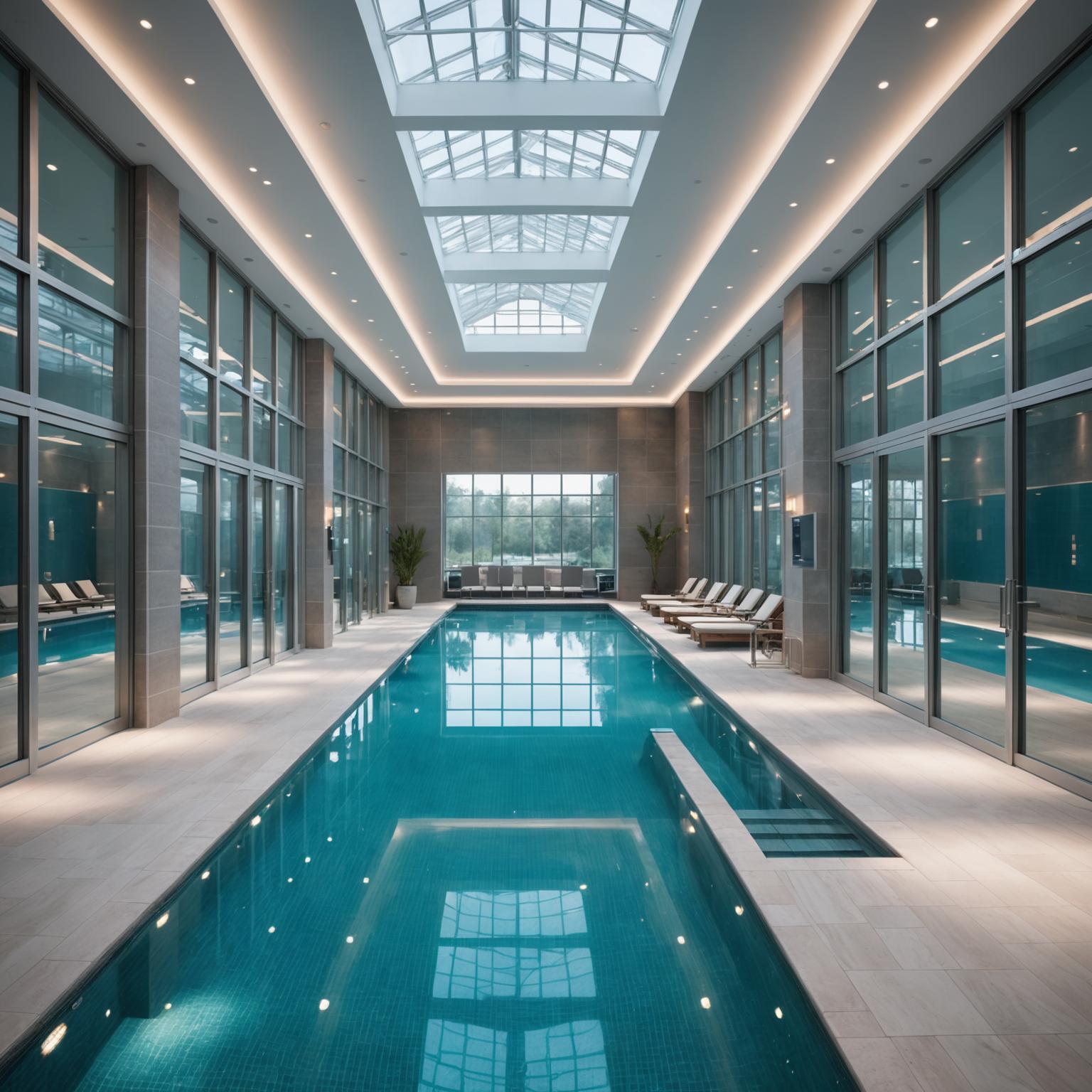
Strength in Extension: How Pool Pole Manufacturers Build Stability for Professional Cleaning
The Challenge of Strength and Reach in Pool Maintenance
For large commercial pools, reach and rigidity define the efficiency of every cleaning task.
Whether brushing deep walls or skimming distant debris, maintenance professionals rely on pool poles to extend control without sacrificing stability.
However, in many traditional designs, torsional flex, bending under load, and corrosion at connection joints lead to unpredictable performance and early failure.
That’s why modern pool pole manufacturers focus on engineering-grade materials, precision joints, and locking innovations—turning a basic pole into a structural instrument for professional reliability.
Engineering the Modern Pool Pole: Precision from Core to Grip
The anatomy of a modern telescopic pool pole involves more than an adjustable tube—it’s a carefully balanced system of material composition, joint geometry, and surface treatment.
1. Multi-Stage Aluminum Alloy Construction
-
Most professional poles use 6063-T5 anodized aluminum, known for its tensile strength and lightweight balance.
-
Dual-layer extrusion minimizes internal deformation, ensuring steady rigidity during full extension.
2. Locking Mechanism Innovation
-
Compression cam locks replace threaded joints to provide quick, slip-free adjustment.
-
Sealed rubber inserts maintain friction stability even under wet or chlorinated conditions.
3. Ergonomic Handling & Torque Distribution
-
Non-slip foam grips are positioned for optimal leverage and operator comfort.
-
Anti-twist design allows smooth rotational control for vacuuming and brushing.
4. Corrosion and Surface Coating
-
Each pole is anodized for 15–20 microns thickness, protecting against UV exposure and pool chemicals.
-
Optional powder coating extends resistance in saline or seawater environments.
These innovations transform a routine extension tool into a mechanical asset, minimizing fatigue while improving operational precision.
Traditional vs. Professional Pool Poles
| Feature | Standard Pole | Professional Telescopic Pole |
|---|---|---|
| Material | Aluminum / PVC | Anodized 6063-T5 Alloy |
| Lock Type | Twist-thread | Compression cam or lever lock |
| Anti-Corrosion Coating | None | 15–20 μm anodized layer |
| Max Length | 2.4–3.6 m | 4.8–9.0 m |
| Load Resistance | Moderate | High (bending ≤ 1.5%) |
| Grip Ergonomics | Basic plastic | Anti-slip EVA foam |
| Service Life | 6 months | 18–24 months continuous use |
Professionally engineered poles ensure stability at full extension, eliminating “whip effect” during high-pressure brushing or heavy skimming operations.
Applications Across Modern Pool Environments
Telescopic pool poles are integral to diverse cleaning systems across the industry:
-
Commercial Resorts & Spas: Used for reaching deep-end walls and surface skimming across wide spans.
-
Public Aquatic Centers: Integrated into modular cleaning kits with interchangeable brush and skimmer heads.
-
Sports & Training Facilities: Require extended reach under strict maintenance schedules.
-
Industrial or Outdoor Pools: Use reinforced wall-thickness poles that endure heavier loads and UV exposure.
The ability to standardize accessories—brushes, nets, vacuum heads—on a single telescopic shaft simplifies logistics and reduces procurement complexity.
Choosing the Right Pool Pole for Different Facility Environments
Selecting a pool pole isn’t only about specifications—it’s about matching the tool to the environment.
Different pool types require different mechanical properties, coatings, and ergonomic features to achieve maximum efficiency and durability.
1. Indoor Pools and Fitness Centers
Indoor pools often maintain stable chemical and temperature conditions. Here, lightweight anodized aluminum poles are preferred for easy daily cleaning. The focus is on handling comfort and precise movement, especially for tiled surfaces that require controlled pressure.
2. Outdoor Recreational Pools
Outdoor environments expose tools to UV radiation, humidity, and chlorine evaporation. Poles with double-anodized coatings or powder-finished surfaces resist fading and oxidation. Pairing with anti-slip grips improves control under high heat or humidity.
3. Resort and Hospitality Facilities
Resort pools emphasize aesthetics and guest comfort. Operators often clean during public hours, which demands quiet operation and minimal splash motion. For these applications, foam-cushioned grips and anti-twist lock joints ensure silent, smooth performance.
4. Public and Competitive Aquatic Centers
These large-scale pools demand extended reach and high rigidity. Telescopic poles between 6 to 9 meters with reinforced internal ribs maintain stability during deep cleaning. Multi-lock systems prevent deflection under high torque.
5. Industrial or Seawater Environments
Facilities using saline or treated water require marine-grade anodized poles with stainless connectors. Corrosion testing above 500-hour salt spray resistance ensures mechanical integrity over time.
By aligning pole specifications with environmental conditions, operators can extend tool lifespan by 40% and reduce replacement frequency. The right pole isn’t just stronger—it’s smarter, designed for your specific pool ecosystem.
Manufacturing Excellence: How Bonny Integrates Durability into Every Design
A leading pool pole manufacturer focuses on repeatable strength and ergonomic usability.
Bonny’s production standards combine industrial extrusion control, precision machining, and functional testing at every stage:
-
CNC-formed locking grooves guarantee consistent compression torque.
-
Anodizing under controlled voltage ensures even surface protection.
-
Tensile and torque testing simulate 10,000+ extension cycles.
-
OEM customization allows clients to define pole length, surface finish, branding, and connector types.
This precision-driven approach delivers tools that withstand high-frequency professional use while maintaining lightweight maneuverability.
To explore custom pool maintenance components or inquire about OEM partnerships, visit Bonny’s homepage or contact us here.


